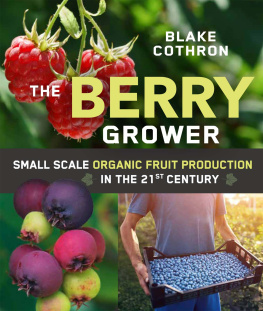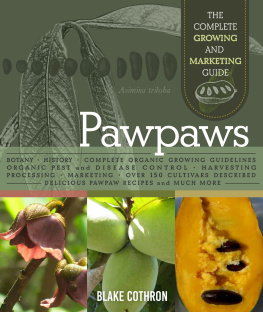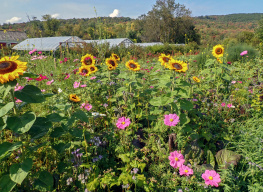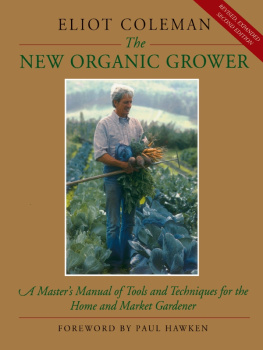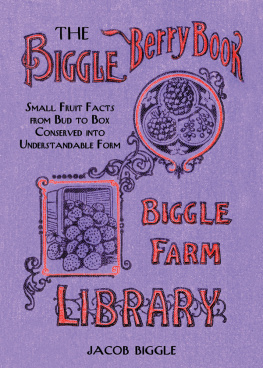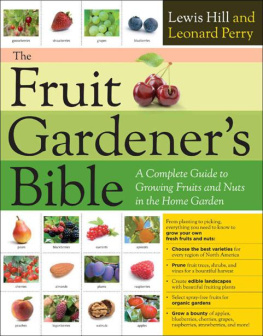Table of Contents
Landmarks
List of Pages
APPENDIX Jivamritam
To make Jivamritam, this is what you need:
- A clean, food grade 55 US gallon (208 liter) drum or equivalent (food grade plastic or steel drums not previously used for toxic substances work fine).
- Rainwater (preferable) or municipal water allowed to sit a day or two prior to brewing to evaporate off the chlorine.
- Fresh cow manure
- Fresh cow urine if available (collected with a bucket held behind a cow!)
- Dried lentils or beans (no soybeans, but use lentils, mung, chickpeas, black beans, adzuki, kidney, pinto, etc.)
- Sugar (unbleached and less processed is better) or high sugar fresh fruits (sapotes, bananas, watermelon, dates, plums, or coconut water/sugar cane juice).
- Handful of fresh compost or forest humus
The process is as follows:
- In a grinder or food processor (Vitamix blender works great) blend 4.4 lbs. (2 kg) of lentils into a very smooth flour. Do it in two or three batches so as not to overheat the blender.
- Collect 22 lbs. (10 kg) of fresh cow manure. This should be from grass fed cows only. A packed 5 gallon (19 liter) bucket full is about 22 lbs.
- Fill a 55-gallon drum or equivalent about 75% full with water. You must leave room for the other ingredients, so do not overfill.
- To the water add 1.52.5 gallons (59 liters) of fresh cow urine.
- Now add the cow dung. Crumble it with your hands into small pieces and stir thoroughly. A thick branch or long stick of bamboo works well.
- Next add 4.75 lbs. (2.2 kg) of sugar or crushed fruit/juices.
- Now add 4.4 lbs. (2 kg) of lentil/bean flour. Stir thoroughly and mash up any clumps that form.
- Next add the finished compost. A few handfuls will work. Stir thoroughly.
- Then, fill up the barrel with water to about 90% capacity. Leave 56 inches at the top unfilled because the mix will ferment and expand slightly and you dont want it overflowing. Stir.
- Finally, cover with a permeable barrier such as burlap, cloth, or window screen. This allows gases like methane to escape, and helps keep animals and insects out. Stir the mixture 3 per day. In warm temps (7090F or 2132C) its ready in 34 days. In cooler temps allow 45 days to ferment. Make sure to vigorously stir 3 every day.
- The Jivamritam is now ready. You now have enough innoculant for 1 acre. It can be carefully filtered through micron-sized cloth filters and then used in fertigation systems, or applied using buckets (although thats very labor intensive). It likely would make an effective foliar supplement as well. Make sure it is very well strained!
The originators of this process claim it only works properly if the crops are very thickly mulched. They also claim no other fertilizer is needed beyond Jivamritam if the crop is mulched. Weve seen good success using it, but were not only using Jivamritam. Your success may vary, but it is worth knowing how to make it and possibly integrating it into your fertilizing program. Perhaps you may find that with mulch, its all you need!
About the Author
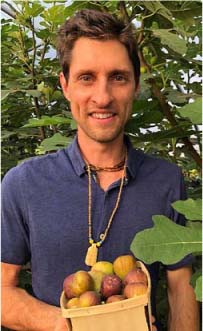
BLAKE COTHRON is an organic farmer, nurseryman, writer, musician, and speaker, with over 20 years experience in organic agriculture, botany, horticulture, and growing food. He is the co-owner and co-operator of Peaceful Heritage Nursery, a 4-acre USDA Certified Organic research farm, orchard, and edible plant nursery. Author of Pawpaws: The Complete Growing and Marketing Guide, he has also written for Permaculture Design Magazine and various online publications. Blake has an educational blog and YouTube channel devoted to fruit growing, and he is an educator with the Organic Association of Kentucky. He divides his time between farming, research, writing, beekeeping, gardening, travel, yoga, meditation, and being a husband and father in beautiful Kentucky.
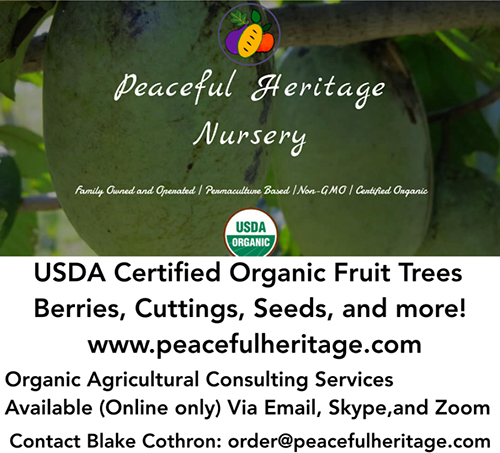
ABOUT NEW SOCIETY PUBLISHERS
New Society Publishers is an activist, solutions-oriented publisher focused on publishing books to build a more just and sustainable future. Our books offer tips, tools, and insights from leading experts in a wide range of areas.
Were proud to hold to the highest environmental and social standards of any publisher in North America. When you buy New Society books, you are part of the solution!
At New Society Publishers, we care deeply about what we publishbut also about how we do business.
- All our books are printed on 100% post-consumer recycled paper, processed chlorine-free, with low-VOC vegetable-based inks (since 2002). We print all our books in North America (never overseas)
- Our corporate structure is an innovative employee shareholder agreement, so were one-third employee-owned (since 2015)
- Weve created a Statement of Ethics (2021). The intent of this Statement is to act as a framework to guide our actions and facilitate feedback for continuous improvement of our work
- Were carbon-neutral (since 2006)
- Were certified as a B Corporation (since 2016)
- Were Signatories to the UNs Sustainable Development Goals (SDG) Publishers Compact (20202030, the Decade of Action)
To download our full catalog, sign up for our quarterly newsletter, and to learn more about New Society Publishers, please visit newsociety.com

| ENVIRONMENTAL BENEFITS STATEMENT
New Society Publisherssaved the following resources by printing the pages of this book on chlorine free paper made with 100% post-consumer waste. |
TREES | WATER | ENERGY | SOLID WASTE | GREENHOUSE GASES |
|---|
FULLY GROWN | 8,300 GALLONS | MILLION BTUs | POUNDS | 44,900 POUNDS |

| Environmental impact estimates were made using the Environmental Paper Network Paper Calculator 4.0. For more information visit www.papercalculator.org |

A Guide to Responsible Digital Reading
Most readers understand that buying a book printed on 100% recycled, ancient-forest friendly paper is a more environmentally responsible choice than buying one printed on paper made from virgin timber or old-growth forests. In the same way, the choices we make about our electronic reading devices can help minimize the environmental impact of our e-reading. Want to learn more?
Issues and Resources

